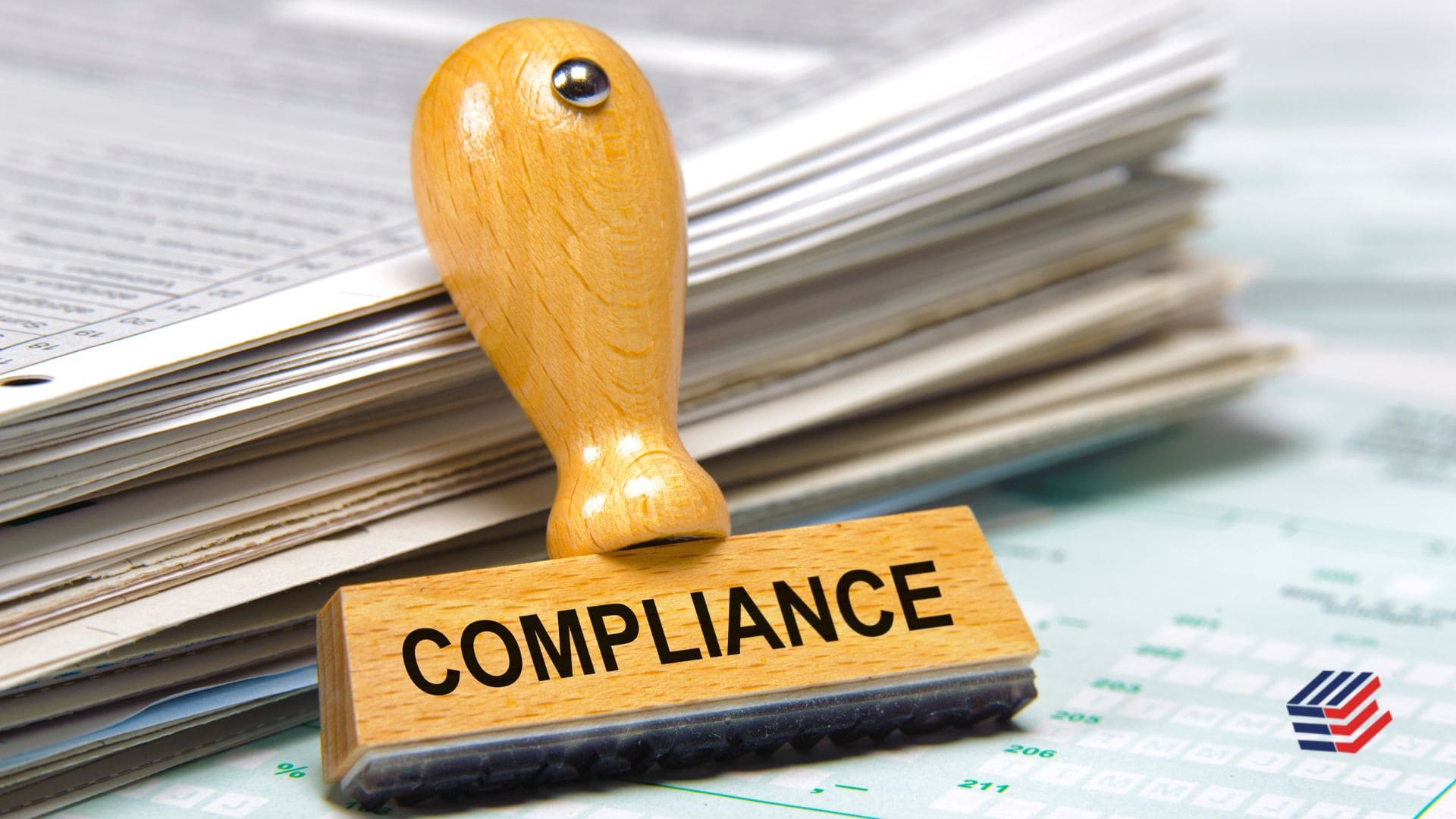It has been increasingly being acknowledged that human capital is the most important investment for any company. The risks and gains associated with this particular investment/asset is also on the increase. What with increasing connectivity, there is an advent of a truly global workforce, multi-location operations which has led to an exponential increase in the risks associated with candidate recruiting and contract staff/vendor hiring.
In a recent poll done, it has been found that 15 percent of responding companies described their background checks as becoming more comprehensive.
There are many issues related to background verification and still remains a sensitive area combining along with its benefits certain repercussions for the employee as well as the employer. Background screening demands respect for individual privacy. Most people do not realize that all of their privacy rights are completely protected by law. It is just that it is not being enforced. There are clear cut guidelines that have been laid by the government to ensure that employee screenings are done with full disclosure statements and proper authorizations.
In this article we take a glance on the recent trends that have been shaping background screening especially in the recent years.
One of hottest topics of discussion in the background verification arena has been the use of social networking sites as a source of information for your background screening. Social networking sites such as Facebook and LinkedIn contain a wealth of personal information — both good and bad — that allow hiring professionals to view home pages in order to gain additional information about candidates. However legal and discriminatory implications in using such internet based sources should be looked into by HR professionals before delving into it. Issues of authenticity, privacy and discrimination are just some areas that can result in lawsuits, financial and social implication for an organization. Having said that more and more employers are however resorting to getting a better picture of their candidates by scouring the internet and social networking sites – this is relatively inexpensive, readily available gold mine of information at the click of a mouse.
Another topic that is fast gaining importance in background screening is the debate to use credit checks in determining employment eligibility. If the employer utilizes the credit report in any way not to hire, applicants are entitled to a copy of their credit report, a pre-adverse action notice, as well as a statement of their rights. Before any employment decision becomes final, applicants also have the right to challenge the credit report before any denial of employment is made final. However credit checks should not be used as sole indicator of employability as there can be many reasons for an individual’s poor credit record. Identity thefts, unexpected medical expenses or unforeseen financial needs can reflect on the credit report. Also, a negative credit report need not indicate poor performance, hence an employer should use caution in coming to a decision of employability while availing this screening option.
Taking stock of the how background screening practices fit into the changed world at most organizations today indicate a path towards reevaluating the entire screening process. This would allow organizations to optimize what has worked well in the past, as well as adopt new methods that can help streamline cost and efficiency, while better aligning the organization’s risk management and the recruiting process.
EMPTrust offers comprehensive background screening options suitable for your screening process. To know more visit our background screening facility at our website.
Disclaimer: The content of this post does not constitute direct legal advice and is designed for informational purposes only. Any issues regarding compliance and obligations under United States or International laws or regulations should be addressed through your legal department or outside counsel.


